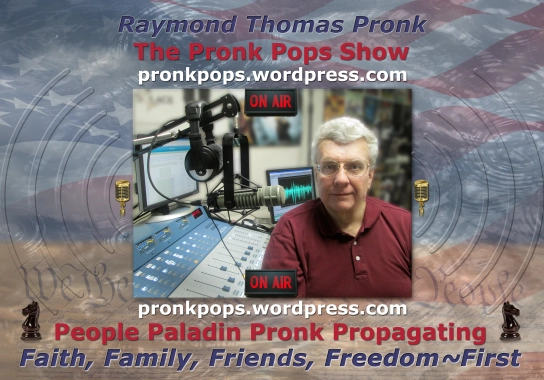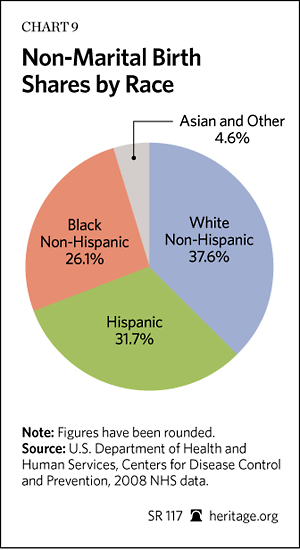Sometimes a protest is just a riot camouflaged in self-righteousness. It might not start that way, and the actors might not think that it is. But nonetheless, sometimes it is.
A few miles from my apartment, the Miami neighborhood Liberty City has yet to shake the aftereffects of the 1980 riots that sprang from the acquittal of four officers in the killing of a black man. In California, neighborhoods and property values remain scarred from the Watts Riots in 1965 and the Rodney King Riots in 1992. More recently in Ferguson, Mo., the long-term consequences of a few nights of looting and burning are starting to be felt by residents and property owners.
So it makes sense, in a way, that facing a weekend of protests against themysterious police-related death of resident Freddie Gray, that Baltimore authorities would be on edge.
What no one expected is what Baltimore Mayor Stephanie Rawlings-Blake admitted in a press conference on Sunday: that she asked the Baltimore Police Department to “give those who wished to destroy space to do that.”
“We work very hard to keep that balance [between free speech and destructive elements], and to put ourselves in the best position to de-escalate,” she said.
Overall, Baltimore police said 34 arrests were made during Saturday’s main demonstration, and six officers were allegedly injured.
Several downtown storefronts were smashed, and some police cars were damaged.
But overall, the most of the damage was cosmetic, and it might not cost the city or property owners a fortune to fix. Either that, or it might have been worth the calculation from city officials to sacrifice a little public property for the sake of allowing protesters to vent their anger, hopefully quelling unrest in the long run.
This weekend’s protests garnered international attention, drawing comments from everyone from Iran’s Ayatolla Seyed Ali Khamenei, to Baltimore Orioles players, who basically were trapped with fans inside of the stadium on Saturday night due to the protests that were going on just outside, as a win against the Red Sox came to a close.
Despite her comments about creating a “space” for more destructive elements in protests, Mayor Rawlings-Blake expressed disappointment on Sunday night at the “outside forces” who she said were “inciting some of the ‘shut this city down’ sort of messaging,” according to the Baltimore Sun.
Then, she made a call for peace, which might not be too far away. Gray will be buried on Monday, and the Baltimore Police Department’s full report on Gray’s death should be released before next weekend.
It could be very well that protests in Baltimore have already reached their peak of violence and destruction. Considering how volatile the situation looked going into last weekend, if it all pans out, there could be a case for other leaders to handle widespread protests like this differently.
Because sometimes, punching the punching bag really does take your anger away. And on the flip side, telling you not to punch the punching bag can only make you angrier.
UPDATE: The Mayor’s Office issued a statement this afternoon about the comments above:
—Today, Howard Libit, Director of Strategic Planning and Policy, issued the following statement regarding Mayor Rawlings-Blake’s comments on the rights of protesters:
“What she is saying within this statement was that there was an effort to give the peaceful demonstrators room to conduct their peaceful protests on Saturday. Unfortunately, as a result of providing the peaceful demonstrators with the space to share their message, that also meant that those seeking to incite violence also had the space to operate. The police sought to balance the rights of the peaceful demonstrators against the need to step in against those who were seeking to create violence.
The mayor is not saying that she asked police to give space to people who sought to create violence. Any suggestion otherwise would be a misinterpretation of her statement.”
This clarification is regarding comments made by Mayor Rawlings-Blake during a recent press conference. The mayor’s original quote follows (emphasis and clarification added):
“I’ve made it very clear that I work with the police and instructed them to do everything that they could to make sure that the protesters were able to exercise their right to free speech. It’s a very delicate balancing act, because, while we tried to make sure that they were protected from the cars and the other things that were going on, we also [as a result] gave those who wished to destroy space to do that as well. And we worked very hard to keep that balance and to put ourselves in the best position to deescalate, and that’s what you saw.”








You must be logged in to post a comment.